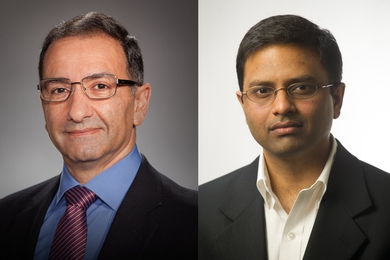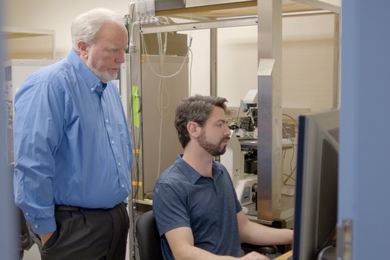Florida's push to get new voting equipment online for the 2002 primary election appears to have paid off, despite initial reports of problems in the recent gubernatorial primary election.
Compared with the performance of equipment in the past, the new technologies of casting and counting ballots look like clear improvements, according to experts at the Caltech/MIT Voting Technology Project.
The largest apparent improvements came in Brevard and Duval counties, which switched from punch cards to optically scanned paper ballots. The remaining counties purchased new touch screen or direct recording electronic (DRE) machines.
All of the counties showed some improvement in their capacity to record and count votes. On average, 2 percent of Democratic voters recorded no vote or too many votes for governor in these seven counties. In past elections, the average has been 3.1 percent.
The September election represents an average improvement in performance of 35 percent in these seven counties.
"These results are very encouraging," said Stephen Ansolabehere, an MIT professor of political science and co-director of the project. "Florida made a major effort to upgrade its technology and, in the primary, the machines used showed clear gains over the technologies in past elections."
The researchers calculated the residual voting rate (the proportion of ballots on which no votes or too many votes were recorded) for the largest counties in Florida for the 2002 Democratic gubernatorial primary and for the last three gubernatorial general elections in Florida (1998, 1994 and 1990).
Using optical scanners, Brevard County went from an average residual voting rate of 4.2 percent to only 1 percent - a 76 percent improvement. Duval County, which also used optical scanners, went from an average of 3.4 percent to 2.2 percent, a 35 percent improvement.
The biggest improvement using the touch screen or DRE machines was a 30 percent improvement for Hillsborough County, which went from 2.3 percent to 1.6 percent. Pinellas County went from 2.2 percent to 1.9 percent; Palm Beach County went from 3.1 percent to 2.3 percent; Broward from 2.6 percent to 2.0 percent; Pinellas, from 2.2 percent to 1.9 percent, and Dade from 3.2 percent to 3.0 percent.
Charles Stewart, another MIT professor working on the Voting Technology Project, cautioned that "the success of an election cannot be measured solely in terms of equipment performance. Current events in Florida also illustrate how better technology is just a first step in improving the functioning of democracy. Most of the problems reported by journalists covering the 2002 primary elections in Florida did not concern equipment malfunctions, but problems encountered preparing for election day, such as training poll workers."
R. Michael Alvarez, co-director of the project and professor of political science at the California Institute of Technology, said "As counties and states across the country, especially here in California, plan out similar changes, we're learning important lessons about how to make such important changes in voting technologies.
"The one distressing thing, though, are the reports from Florida that polling place workers had difficulties getting some of the new voting machines up and running on election day in Florida, and that as a result, some voters might have been turned away from the polling places. These reports reinforce our calls for more polling place workers and better training of polling place workers, as they provide a critical role in making sure that all votes are counted," Alvarez said.
Stewart added, "The fact that the congressional election reform bill is currently stalled in a House-Senate conference committee hasn't helped matters any."
The Caltech/MIT Voting Technology Project is a nonpartisan research project, formed to study election systems following the 2000 presidential election and sponsored by the Carnegie Corp.
A version of this article appeared in MIT Tech Talk on September 25, 2002.





